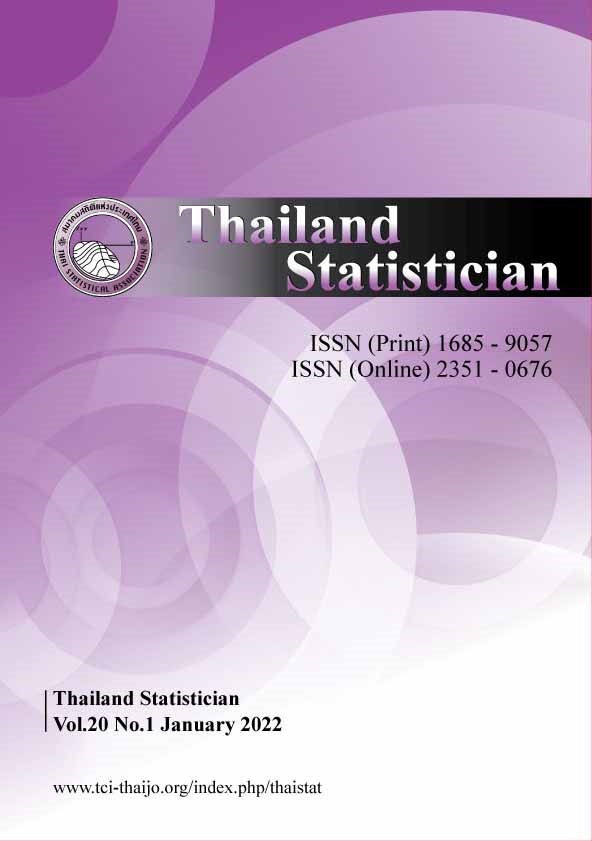Measure of Modified Slope Rotatability for Second Order Response Surface Designs Using Balanced Incomplete Block Designs
Keywords:
Experimental designs, estimation of slope, degree of slope rotatability, incomplete block designsAbstract
Box and Hunter (1957) introduced the very important concept of rotatability for response surface designs. Das and Narasimham (1962) developed rotatable designs using balanced incomplete block designs (BIBD). As an analogue to Box and Hunter (1957) rotatability, Hader and Park (1978) introduced slope rotatability for second order response surface designs and developed slope rotatable central composite designs (SRCCD). Victorbabu and Narasimham (1991) extended the work of Hader and Park (1978) and constructed second order slope rotatable designs (SOSRD) using BIBD. Measure of slope rotatability that enable us to assess the degree of slope rotatability for a given response surface designs have been introduced by Park and Kim (1992). Modified slope rotatability for second order response surface designs was suggested by Victorbabu (2005, 2006). In this paper, measure of modified slope rotatability for second order response surface designs using BIBD is suggested for which enables us to assess the degree of modified slope rotatability for a given second order response surface design and variance of the estimated responses are also obtained.




